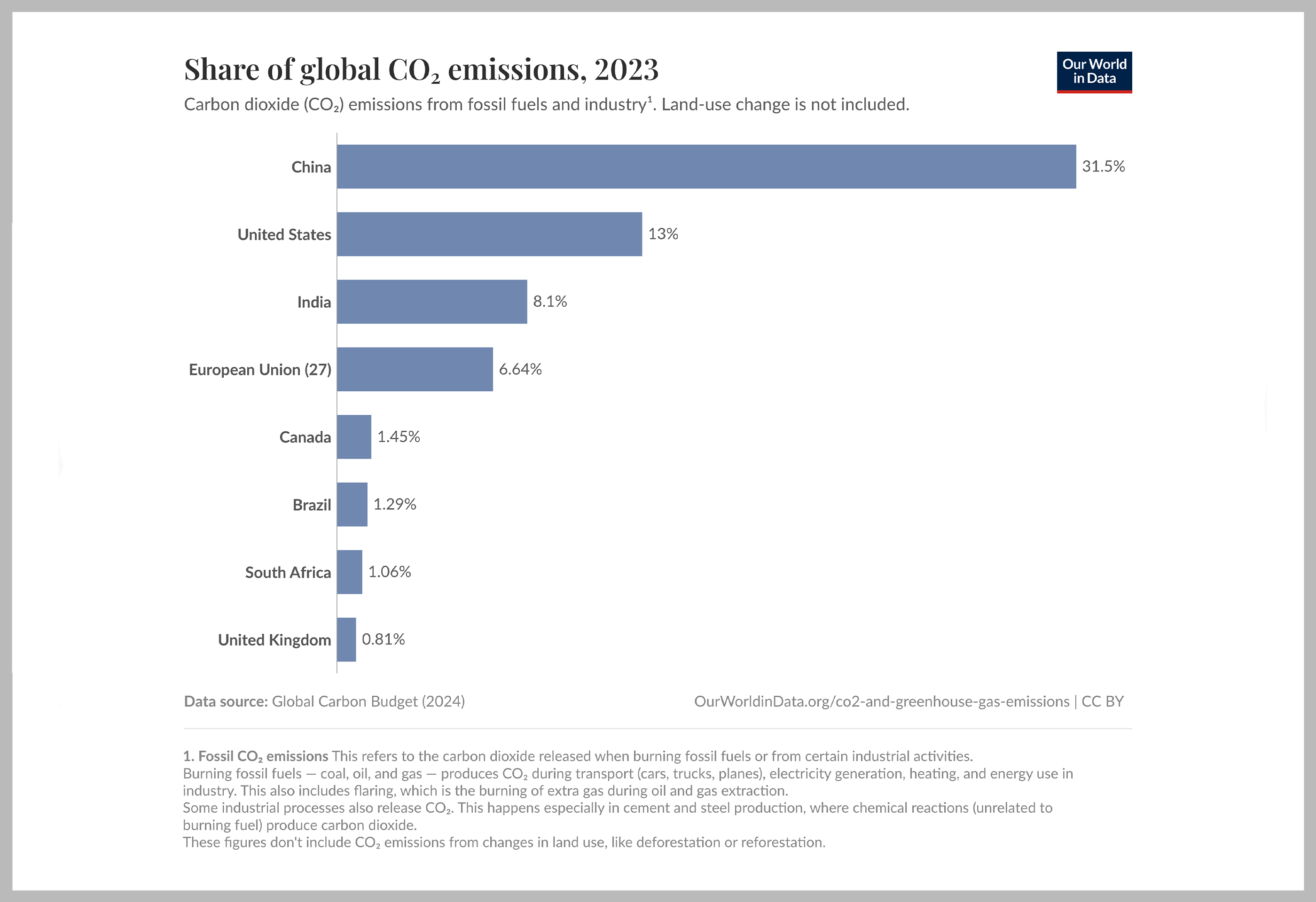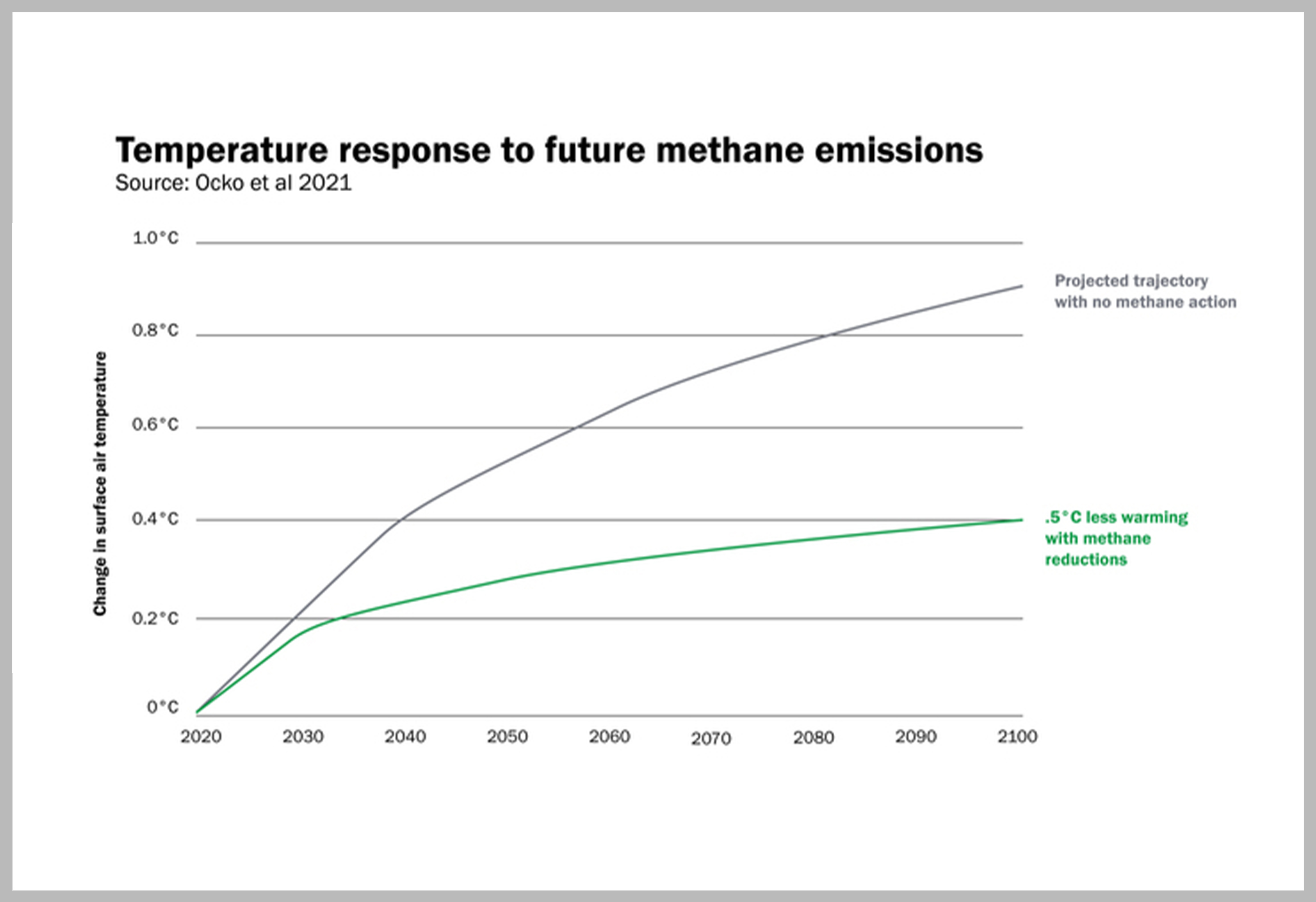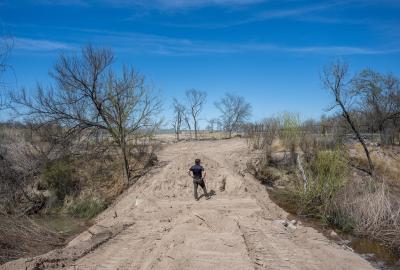6 charts that show where we are winning and losing against climate change
Climate change is a daily reality that’s already costing lives, livelihoods — and billions of dollars each year.
But there are also solutions that are working, creating cleaner air and stronger economies. The following charts illustrate both the challenges we face and some reasons for optimism.
Climate challenges:
👎 The planet keeps breaking heat records
The 10 warmest years on record have all happened since 2015. This warming is not “normal.” It’s well outside the bounds of a natural cycle, and climate scientists agree that it is being caused by planet-warming pollution from burning dirty energy sources like oil, gas and coal. Every fraction of a degree of warming means more extreme heat, floods and costly disasters.
👎 Nations haven’t cut their planet-warming pollution nearly enough

A UN report found that countries still need to collectively cut 42% of their planet-warming pollution by 2030 and 57% by 2035 to avoid the worst impacts of a warming world. The U.S. is currently the second largest emitter of planet-warming greenhouse gases (and historically, the largest by far). Now, with the U.S. leaving the Paris Agreement at President Trump’s direction, the United States’ action to cut greenhouse gases has been downgraded to “critically insufficient.”
👎 We’re not doing enough to protect forests
In addition to deforestation from logging, agriculture and urban expansion, fire is a growing threat to forests as global temperatures rise. Extreme heat turns forests into tinderboxes. When they burn, they release the carbon dioxide that they used to store, worsening global warming and sparking even more fires. In 2024 alone, wildfires worldwide emitted more than 6 billion tons of carbon dioxide, equivalent to 15% of global annual fossil fuel emissions. New technologies like FireSat, a satellite system that can detect even very small fires from space, are being developed to help manage wildfires around the world.
Now, some good news for the climate:
👍 Solar and wind are now cheaper than fossil fuels for new electricity
In 2024, two of the cheapest electricity sources worldwide were wind and solar. Solar was 41% cheaper on average than the lowest-cost fossil fuel, while onshore wind projects were 53% cheaper. Solar and wind energy also hit another major milestone at the start of 2025, when, for the first time, they generated more electricity worldwide than coal did. Global investment in clean energy will hit $2.2 trillion in 2025, double the amount of money still flowing to coal, oil, and gas, according to the International Energy Agency. Just 10 years ago, fossil fuels drew more funding than clean power sources.
👍 More places are putting a price on pollution

There are now 80 official systems that create a financial cost for releasing the pollution that's causing global temperatures to rise. These systems cover about 28% of all planet-warming pollution. The goal is to put a price on pollution so businesses and governments will try to emit less. Europe’s system has helped to cut emissions from its power and industrial plants by 47% since 2005. In China, a carbon market now covers 60% of the country’s carbon dioxide emissions, and India plans to start its own carbon market in 2026.
👍 Cutting methane can slow warming quickly

Like carbon dioxide, methane is a greenhouse gas that traps heat in the Earth’s atmosphere. It doesn’t linger for centuries like carbon dioxide, but it does heat up the planet quickly. In fact, methane has more than 80 times the warming power of carbon dioxide in the first 20 years after its release. That’s why scientists say cutting methane emissions is the fastest way to slow warming right now.


